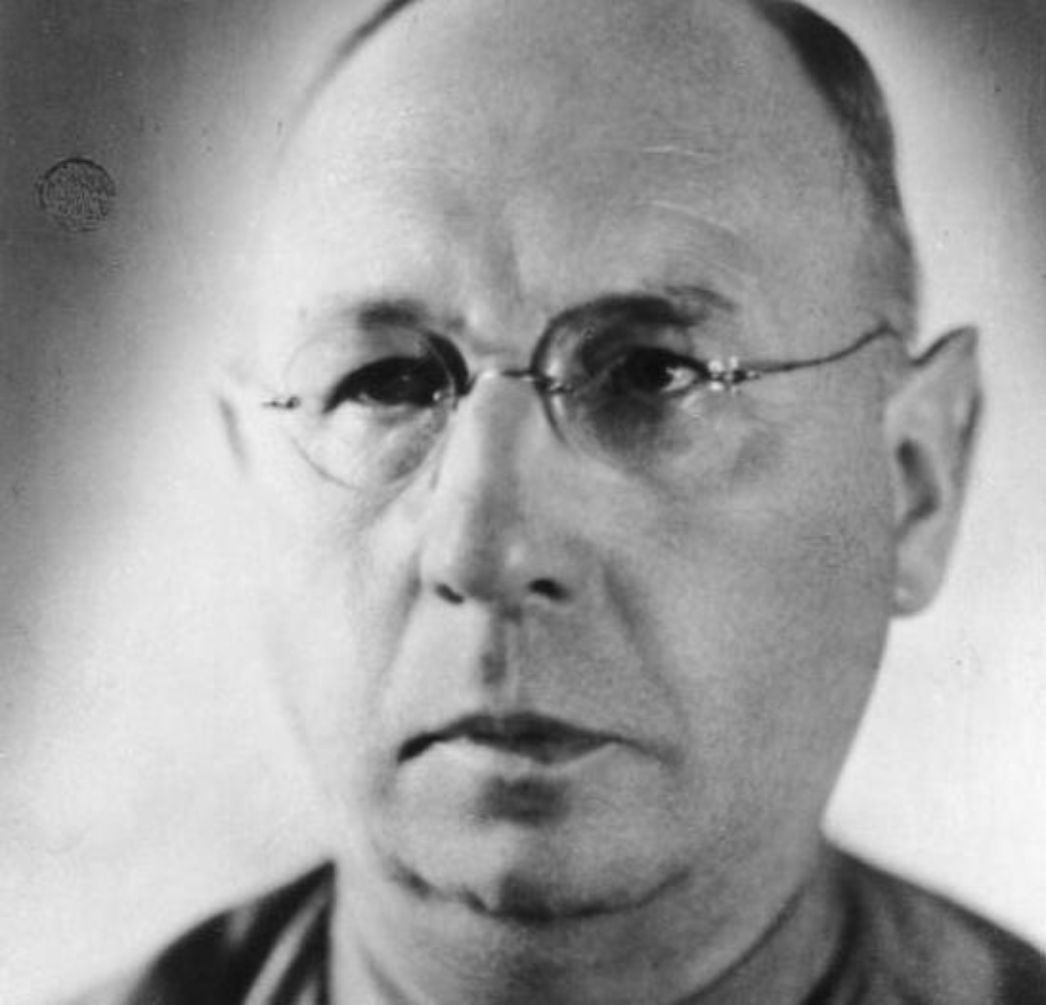Transcript
Manifesto “As long as fascism and militarism are not completely destroyed in Germany, there will be no peace and quiet for us and in the world. Our first efforts must be to abolish once and for all all societal manifestations of this bloody suppression of life.”
Narrator With this declaration began the catalogue of measures in the “Manifesto of Democratic Socialists of the Former Buchenwald Concentration Camp”. It was one of the early political programmes for a new democratic post-war society in Germany. On the 13th of April 1945, only two days after the camp’s liberation, Social Democrat Hermann Brill presented the manifesto entitled “For Freedom, Peace, Socialism!” at a meeting held in the Buchenwald cinema barrack. Brill was convinced that the survivors of the camps who had fought in the resistance would have a particular calling to shape the future.
Manifesto “Through this struggle we have been granted the opportunity to gather human, moral and spiritual experience, such as is not possible in normal forms of life [...] [We] therefore consider [...] ourselves to have every right and indeed the obligation to tell the German people which measures are necessary to save Germany from this unprecedented collapse.”
Narrator Hermann Brill, a Doctor of Law, had worked in the Weimar Republic in the public service and had made a political career for himself. Beginning in 1919, he was a Member of Parliament in the state parliament of Thuringia and in 1932, he became a member of the Reichstag. The Nazi seizure of power put an end to this career: Driven out of his position as a member of the constitutional court of Thuringia, Brill set off for Berlin, and joined the resistance. He wrote leaflets and other compositions that opposed fascism. In 1938 he was arrested by the Gestapo. Accused of “preparations for high treason”, Brill was sentenced to twelve years in prison, and in 1943 he was deemed “incorrigible” and deported to Buchenwald.
Here Brill formed the illegal Volksfrontkomitee or Popular Front Committee, a non-partisan underground organization from the social democratic and communist spectrum, with some members from Christian circles. The manifesto came out of secretly held committee discussions, composed in large part by Brill; it included concrete demands and recommendations for the new governance after the end of Nazi rule, including the complete destruction of Nazi influences. Further objectives were the democratic rebuilding of a people’s republic, social-political reforms and the abolition of a capitalist economy, which, the manifesto claimed, had been responsible for the rise of fascism. The document further contained declarations about peace and humanity, a new spirit of education and culture, but also about necessary compensation and “a common European consciousness.”
After liberation, Hermann Brill began to put these plans into action: first as a consultant under American occupation, then as Chief Administrator of the province of Thuringia. When the occupied zone changed hands in July 1945, he was let go. In the new Soviet occupation zone there was no future for Brill’s political ideas. Late in 1945, he went to Hesse, becoming Head of the State Chancellery there. He worked on a draft of the West German constitution and was a Member of Parliament in the first Bundestag. Until his death, Hermann Brill taught at various institutions of higher education.


